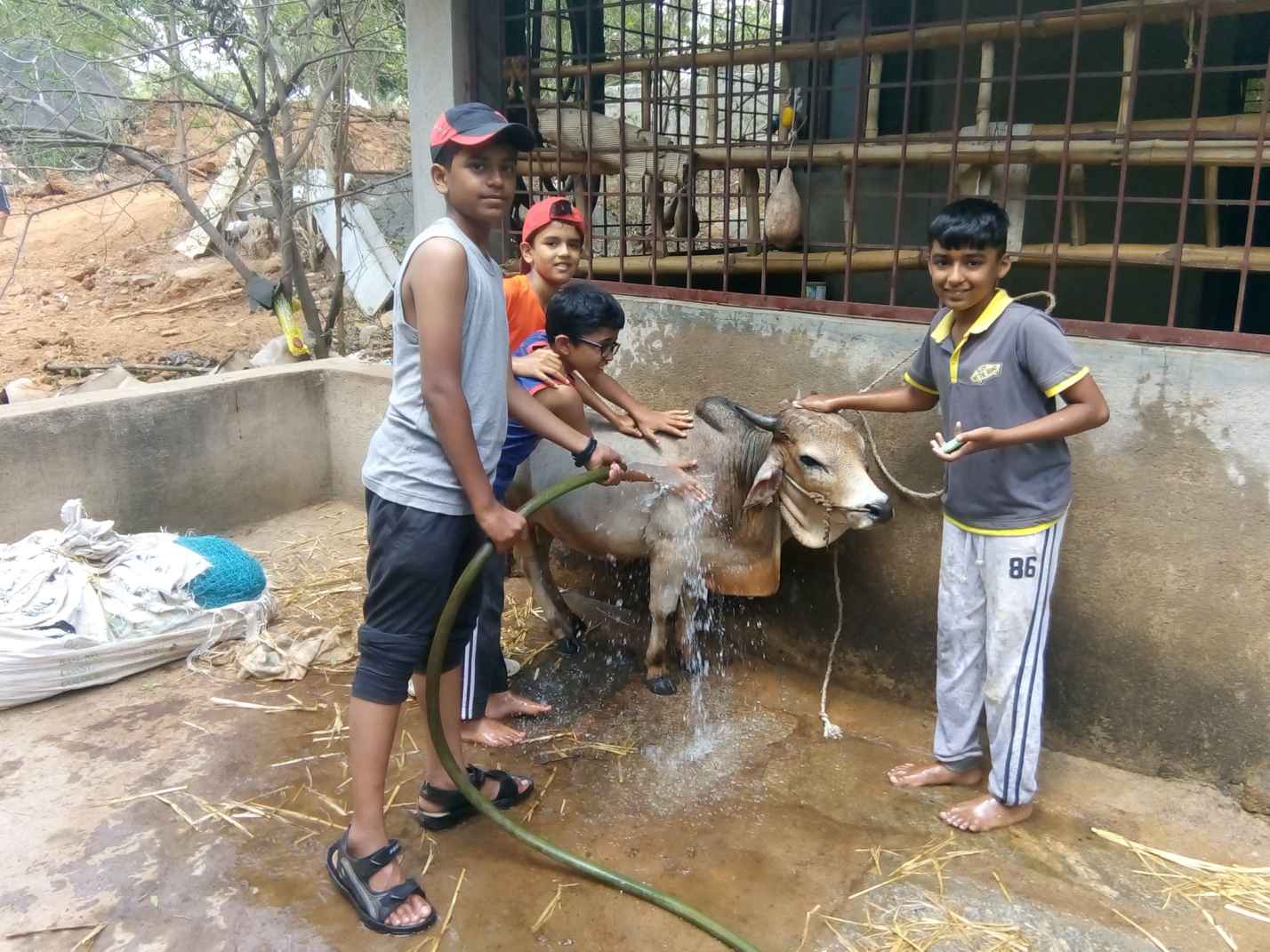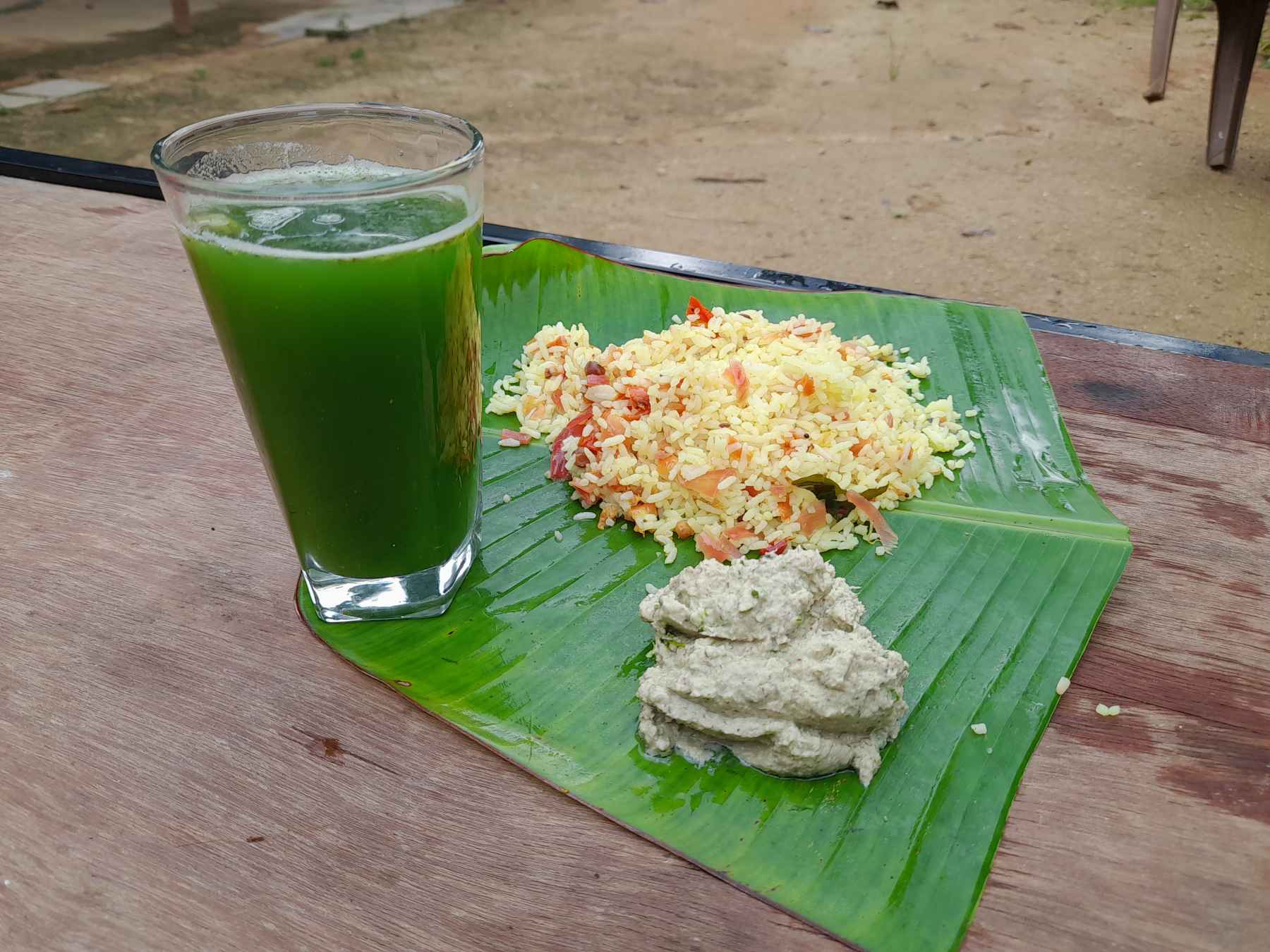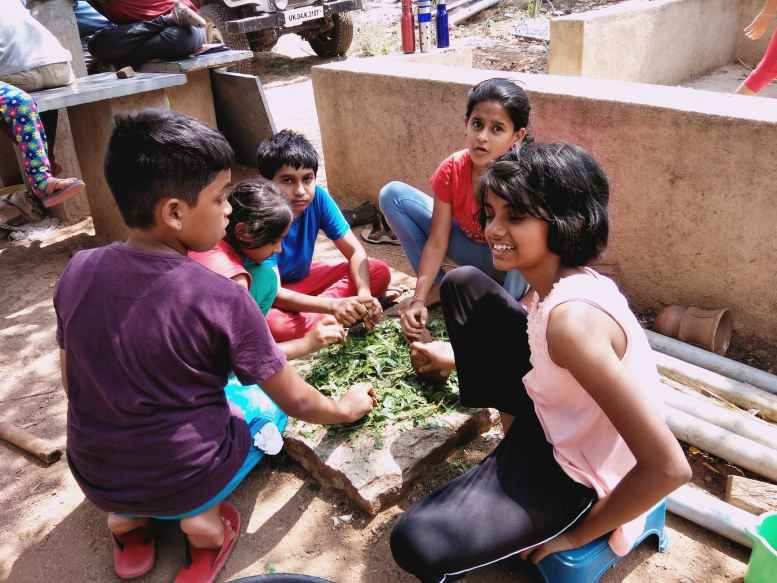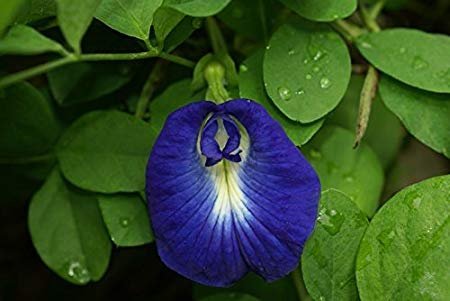“Hearing a nine-year-old tell me that he was feeling bored was perhaps the proverbial straw that broke the camel’s back,” says 49-year-old Srivathsa Govindaraju.
Having decided on wanting to work on a farm and be able to grow his own food by the time he was 40, Srivathsa was surprised to hear about the child’s ‘boredom’. So, he decided to find ways to let children experience nature and farm life.
Speaking to The Better India, this agripreneur says, “My childhood was spent in Bengaluru but my roots have always been in my village in Borasandra in the Sira Taluk, where I spent a lot of my leisure time. I grew up learning to appreciate nature and the abundance of knowledge it has stored within.”
He also goes on to say that he felt way more comfortable walking in his village than he felt while taking a stroll down the busy MG Road in Bengaluru.

While Srivathsa chose to study engineering, and pursue a career as a techie, but says, “When I had to pick a career path for myself the choice was between writing the civil service examination and becoming an Indian Forest Service (IFS) officer or taking up software engineering. The latter won at that time,” he says.
Following Up On A Promise
After spending over two decades being a software engineer, Srivathsa says that just after he turned 40, he felt the need to make good on the promise he had made to himself when he was in Class 11. “The time I spent in my village had a very deep impact on me and the choices I made in life thereafter. I was sure of wanting to grow my own food for my immediate family. Eventually, that desire grew bigger and I wanted to involve as many people as possible in farming activities,” he adds.
“That was when I quit my software job and decided to take up farming as a full-time job,” he says, adding, “My stint in Europe and the US helped me understand how countries are losing their native food varieties and that was a wake-up call to try and understand our rich food history.”
In 2012, Srivathsa made the big switch and quit his software career.

“I was late by one year though – I was 41 when I moved away from my corporate career. I started this Biodiversity Awareness Centre in 2013 called Nature Inspires — Chiguru Ecospace at Singadasanahalli village near Magadi, which is spread across 13 acres of land. Given how much I enjoyed working with children I decided on doing just that at the centre.”
Srivathsa warns that if one is looking for manicured lawns and a resort-like atmosphere then coming to his farm is just not the answer. “I have as much as possible allowed plants to grow as they wish, which to some people looks wild. The farm currently has over 350 species of plants and trees, all either edible or used for medicinal purposes.”
One of the biggest challenges that Srivathsa faced is getting children to appreciate what is around them and to see beyond technology and their gadgets. “I have enjoyed being amidst nature and I wanted to give children a feel of that,” he says. Children also take great pleasure in finding their own food and watching it being cooked.
“We have a lot of clove basil that grows and we make a pulao out of it, which children relish,” he says.

Srivathsa has hosted over 400 children in the last nine years and says that he has been using social media channels to advertise the farm visit. The cost for a three-day farm visit, which includes food and accommodation is Rs 4,000. The three days usually are clubbed with either a long weekend or summer/winter break.
Activities like soap making, bio-enzyme making, rafting and even nature walks are conducted, depending on the age group of the children who sign up.
Self-sufficient Farm

Through the programme that Srivathsa conducts, he invites children between the ages of 8 to 15 to come stay at the farm and experience life. “We camp in tents, we forage for food, learn about the ecosystem around us in the wild and eat what the locals eat. While day one begins with trepidation by the time they are done and ready to go back home, most of them ask if they can stay a day longer. When that happens, I feel like I have achieved success,” says Srivathsa.
Srivathsa has been hosting children from Bengaluru, Mysore and Tumkur.
Siddhartha Joshi, in his vlog, describes his experience at the farm and says that just watching kids take ownership of the meals and collect food was a new and exciting experience. He says, “Srivathsa explained what each leaf was and how we can incorporate it in our meal. Many of the leaves collected were herbs and it all came as a surprise to me that they were all edible. We even had some pumpkin flower and ajwain leaf pakodas, all delicious and new.”
Srivathsa has this ability to identify all kinds of plants and says that each one has so many medicinal properties, some forgotten and some just unknown to us. “The Mother of Thousands (bulb) is one such succulent whose roots have the power to revitalise every cell in the body. It is often used as a tonic for those recovering from injuries and even for postpartum recovery,” he adds.
Cissus quadrangularis, also known as the adamant creeper or devil’s backbone, is a plant loaded with calcium and is also called the bone setters plant. Srivathsa explains that it is a great plant that can also be used when one has a fracture. “You need to crush the leaves, apply it where the fracture has occurred, support it with a bamboo stick and leave it to heal. It is nothing short of miraculous and once upon a time was included in our diet,” he says.
Another plant that people are now going back to is Shankhpushpi, which goes by the botanical name Convolvulus pluricaulis.

Srivathsa says, “It has great properties that support brain health and is now widely being consumed in various forms. It can be added to salads and raitas besides tea.” So, the list of what nature provides is endless and one just needs to show interest and learn.
In conclusion, he says, “Bring children into nature and you will see miracles unfolding. Allow them the chance to see how a seed turns into a germinated seedling – the magic in that is something else.”
(Edited by Yoshita Rao)
No comments:
Post a Comment